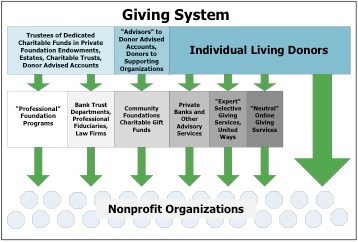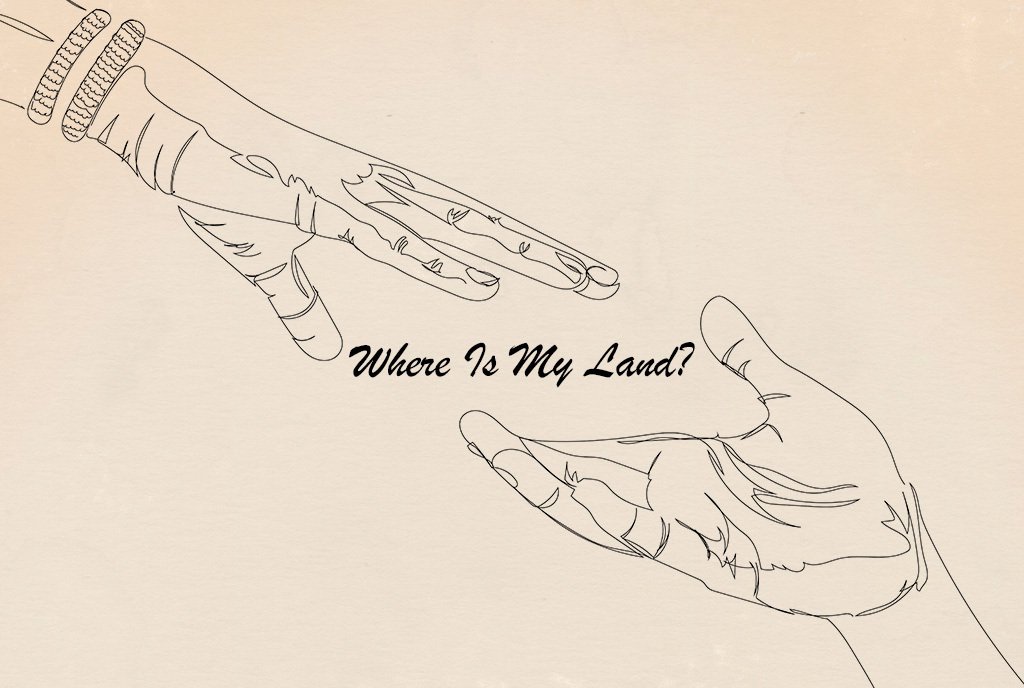February 18, 2013; Source: Alliance
One of the nation’s most recognized thinkers and activists in the nonprofit sector is Buzz Schmidt, who founded an entrepreneurial start-up called Philanthropic Research, Inc.—doing business as Guidestar—back in 1994. Schmidt is currently a visiting scholar at the Tuck School of Business at Dartmouth College. He is the founder of GuideStar and GuideStar International, the chair of the F.B. Heron Foundation and (importantly, in the interests of full disclosure) the Nonprofit Quarterly, and a member of the boards of TechSoup Global and the Institute for Philanthropy. The evolution of his thinking about the nonprofit sector is reflected in his frequent presentations and writings, including this piece he wrote for the magazine Alliance on the challenges of increasing online philanthropy.
In Alliance, he argues that the obstacles and frustrations of social entrepreneurs taking on online philanthropy are due to “a tangled web of ineffective and inconsistent practice that extends throughout the universe of philanthropy.” Online philanthropy will not achieve its potential unless, Schmidt argues, “we invoke strategies to untangle the entire web, that is, remove impediments that inhibit progress throughout the entire philanthropy ecosystem.”
While many writers are using the terminology of ecosystems to describe civil society and philanthropy, Schmidt actually identifies what he thinks are the components of a philanthropic ecosystem:
- The philanthropy knowledge system: This is “the theoretical repository of pertinent data…and expert opinion…that informs, constrains and motivates non-profits, donors and intermediaries.”
- The giving system: This is the “complex network of donors, trustees, institutional advisers, online transaction services and formal philanthropic institutions that originate and/or manage …charitable gifts and grants.”
- The nonprofit management and reporting system: This includes “the process of objective setting, planning, performance tracking and reporting that resides at the heart of every excellent non-profit organization’s management system.”
- The nonprofit evaluation system: Schmidt refers to this as the “network of auditors, evaluators, accreditors, regulators, experts, information websites, journalists, friends and others who seek to inform, influence, validate and/or protect donors and their decisions.”
Amidst the tons of information in this exhaustive article is an important disaggregation of the ecosystem and how it works. For example, his analysis of the “giving system” element describes the various gatekeepers and intermediaries who channel flows of charitable and philanthropic donations toward various interests, as depicted in this chart that Schmidt provides:

Sign up for our free newsletters
Subscribe to NPQ's newsletters to have our top stories delivered directly to your inbox.
By signing up, you agree to our privacy policy and terms of use, and to receive messages from NPQ and our partners.
He describes the giving system as hampered by the unaccountability of donor principals. For example, he points to the lack of consequence for private foundations in terms of whether they make good or bad use of their five percent distributions. “A philanthropy ecosystem that lacks an accountable resource allocation process is by definition sub-optimal,” Schmidt writes. “We cannot expect non-profit organizations to function effectively if donor principals, particularly institutional donors who are looked to as powerful ‘experts’, are fundamentally unaccountable.” Surveying the landscape for important contributors to improvements in this part of the philanthropic ecosystem, he endorses the ideas of the Center for Effective Philanthropy, which he describes as focused on grantee satisfaction, and the National Committee for Responsive Philanthropy, which he describes as more focused on the content of foundation grantmaking.
Getting toward outcomes and reporting, Schmidt endorses the Charting Impact initiative of Independent Sector, the Better Business Bureau Wise Giving Alliance, and Guidestar as a useful step. On nonprofit evaluations, he looks toward the development of “intelligent systems” through which “donors will one day manipulate data and generate their own custom ‘evaluations’ of non-profits.” In efforts to improve each part of the ecosystem, Schmidt finds opportunities for social entrepreneurs and innovators to take things to the next level.
Ultimately, Schmidt envisions a “high-functioning philanthropy system” within which nonprofits and donors will:
- “work from a common knowledge base;
- seek consensus around community objectives and collective action;
- require consistent reporting by non-profits that is at once internally valuable for the organization and publicly transparent;
- direct resources to organizations that do well the work society values;
- demand accountability not only of foundations, trusts and intermediaries but also of…the vast population of individual donors that account for the vast majority of charitable giving.”
In this article, Schmidt might be couching these issues as aimed at improving online philanthropic giving, but he is really calling for a new and different dynamic of philanthropy, online and otherwise—one in which social entrepreneurs respond to market signals to build out a robust philanthropic ecosystem. It is interesting to see the way Schmidt, who might be seen as the “godfather” of comprehensive, transparent, accessible data for the sector, views the current state and potential evolution the ecosystem. What do you agree with? What would you question or build on?—Rick Cohen












